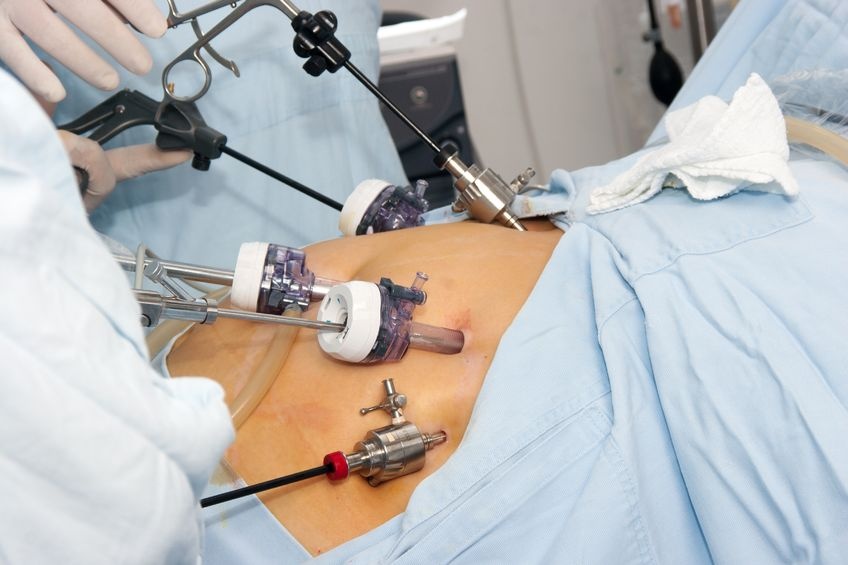Active Physiotherapy, also known as active rehabilitation or active therapy, is a branch of physiotherapy that involves active participation from the patient in their own treatment and recovery process. It focuses on therapeutic exercises and activities that aim to improve strength, flexibility, endurance, and functional abilities. The physiotherapist works closely with the patient to develop an individualized treatment plan based on the patient’s specific needs and goals. The treatment plan typically includes a range of exercises, stretches, and movements designed to target specific areas of the body and address particular conditions or injuries.
The key aspect of physiotherapy is that the patient actively engages in the prescribed exercises and activities, as opposed to passive treatments where the therapist provides the treatment. The patient is encouraged to perform the exercises independently or with minimal assistance, depending on their capabilities. The active participation helps in promoting self-management and empowerment in the recovery process.
What health condition it addresses?
Active physiotherapy can address a wide range of health conditions, including:
- Musculoskeletal injuries. The therapy is commonly used for the rehabilitation of various musculoskeletal injuries, such as sprains, strains, fractures, and dislocations. It helps in restoring strength, flexibility, and range of motion, as well as improving overall functional abilities.
- Back and neck pain. The therapy can be effective in managing and treating back and neck pain caused by conditions like herniated discs, muscle imbalances, poor posture, and spinal abnormalities. It often involves exercises and stretches targeting the core muscles, as well as techniques for improving spinal alignment and stability.
- Joint conditions. It can be beneficial for individuals with joint conditions such as arthritis, bursitis, tendinitis, and ligament injuries. The therapy aims to reduce pain, improve joint mobility, and strengthen the muscles around the affected joint.
- Neurological disorders. The therapy techniques can assist individuals with neurological conditions such as stroke, multiple sclerosis, Parkinson’s disease, and spinal cord injuries. The exercises and activities are designed to promote motor control, balance, coordination, and functional independence.
- Sports injuries. Therapy plays a crucial role in the management and rehabilitation of sports-related injuries. It helps athletes recover from sprains, strains, fractures, and other sports-related injuries and also focuses on preventing future injuries through targeted exercises and conditioning.
- Post-surgical rehabilitation. After surgeries like joint replacements, ligament repairs, or spinal surgeries, the therapy is commonly prescribed to aid in the recovery process. It assists in restoring strength, range of motion, and functional abilities while promoting proper healing and preventing complications.
- Chronic pain conditions. The therapy can provide relief and improve function for individuals with chronic pain conditions such as fibromyalgia, chronic back pain, and osteoarthritis. The treatment focuses on gentle exercises, pain management strategies, and education on self-care techniques.
The specific treatment approach and exercises may vary depending on the individual’s condition and needs. A qualified physiotherapist will assess the patient’s condition, develop an appropriate treatment plan, and provide guidance and supervision of the entire process to achieve the best possible outcomes.











